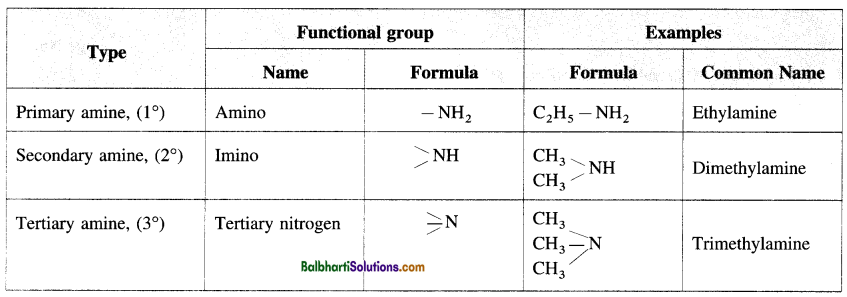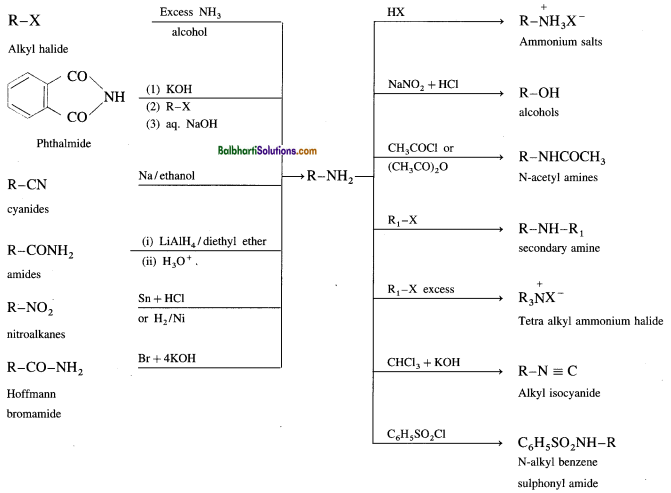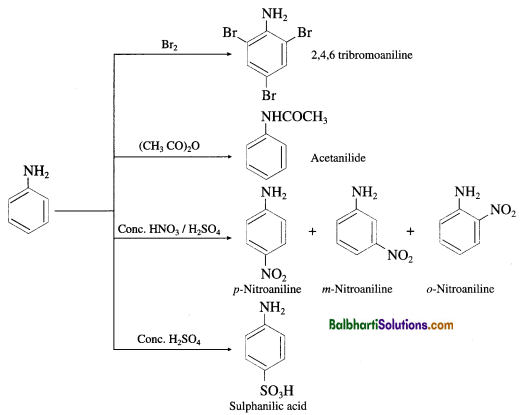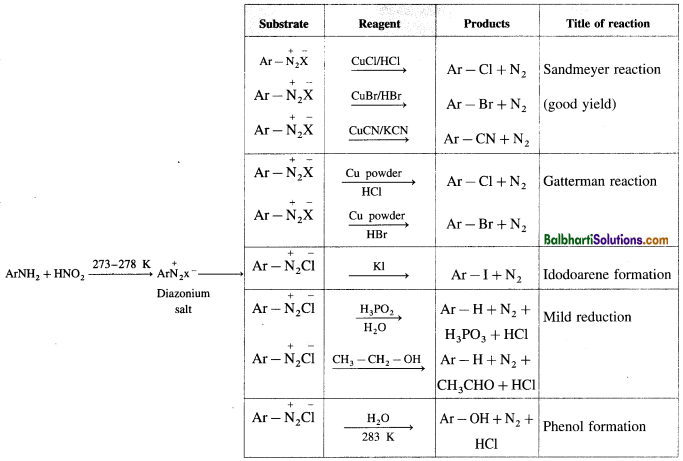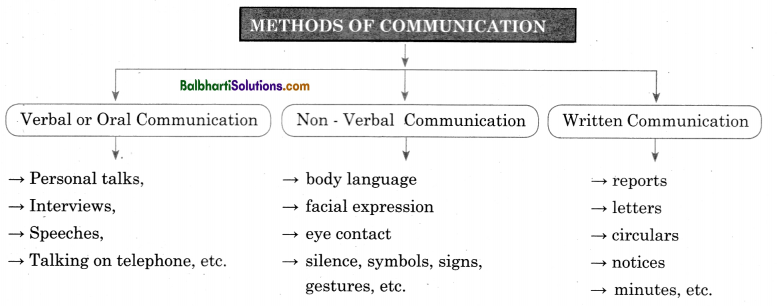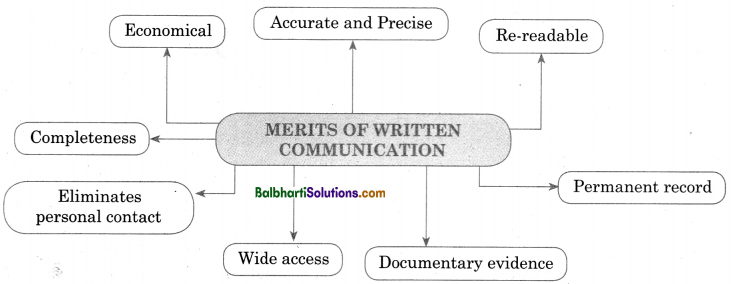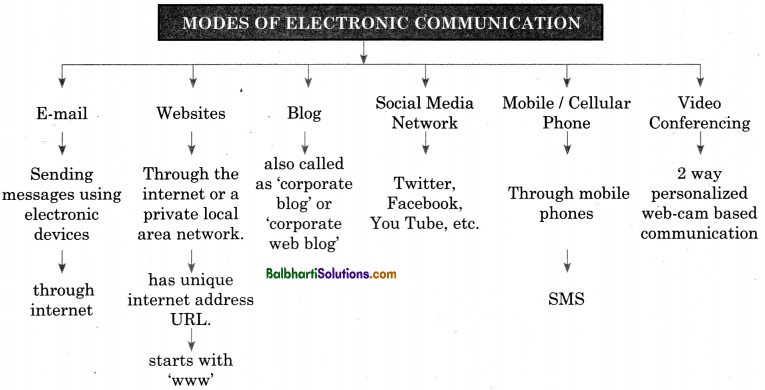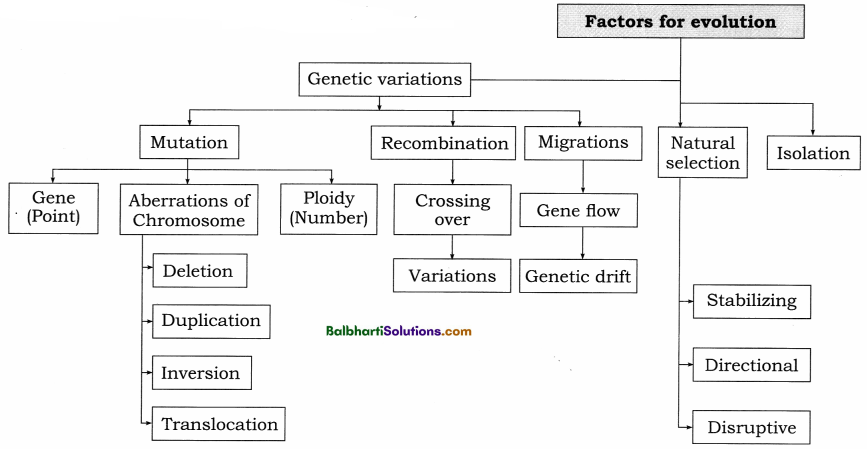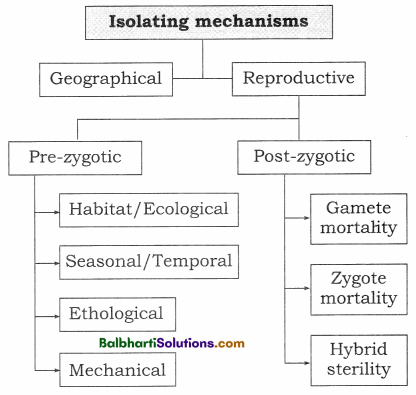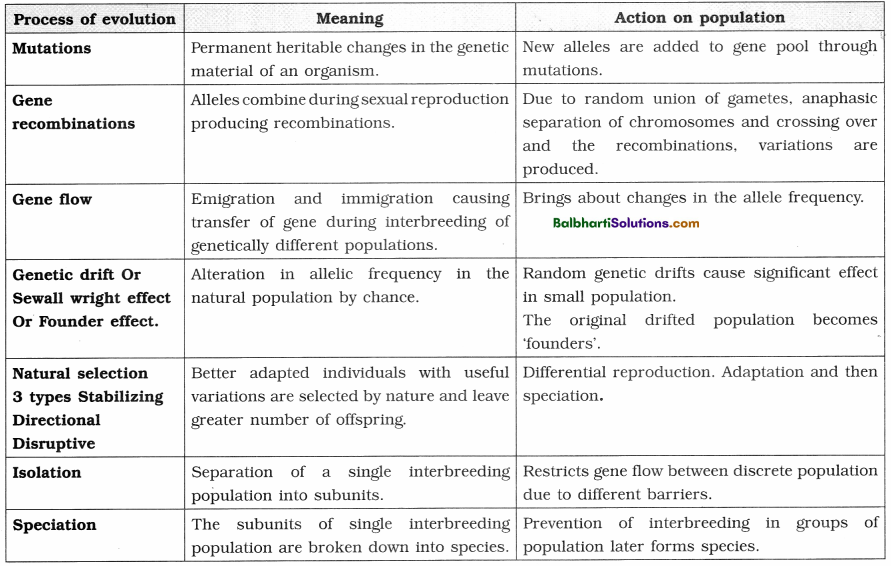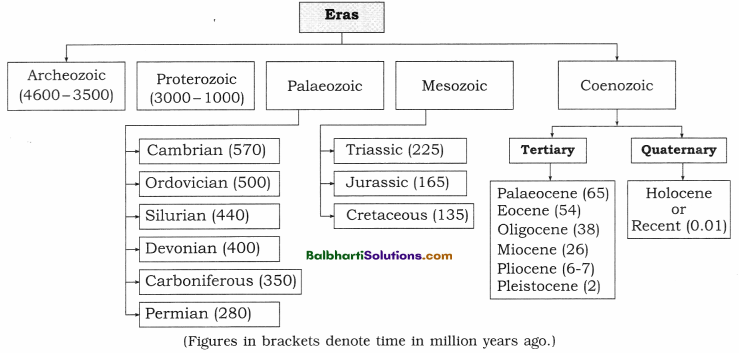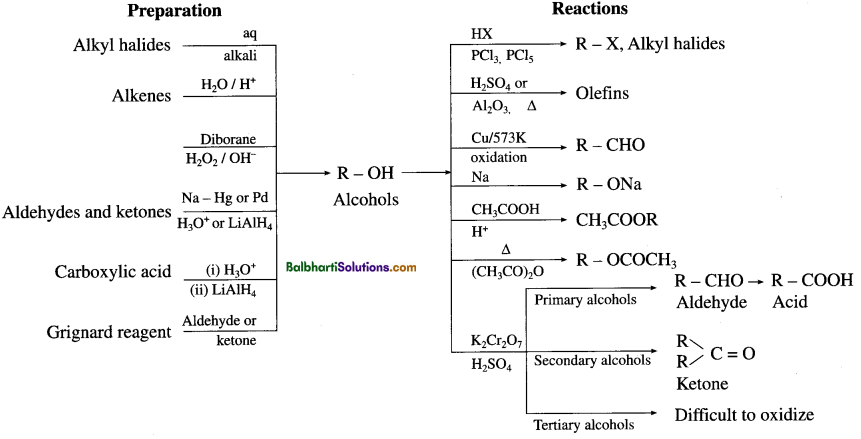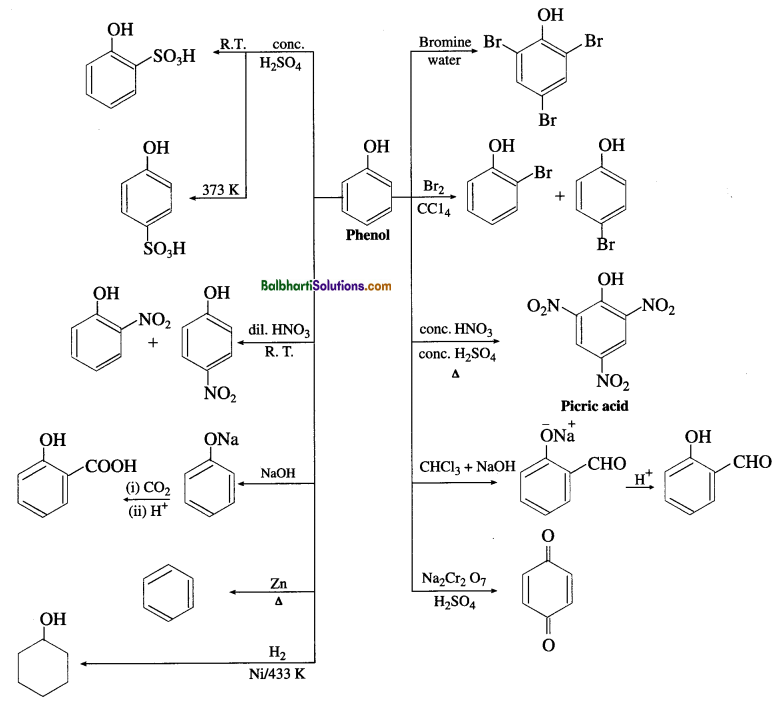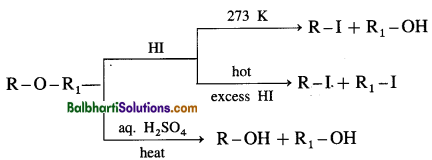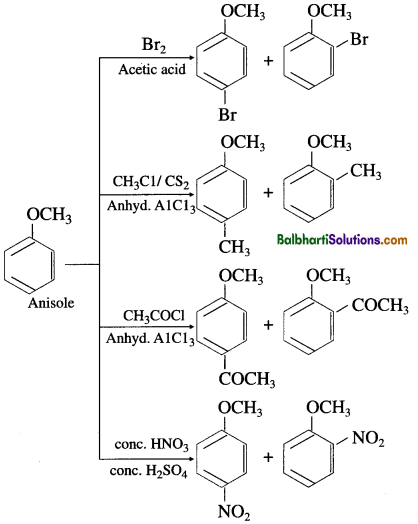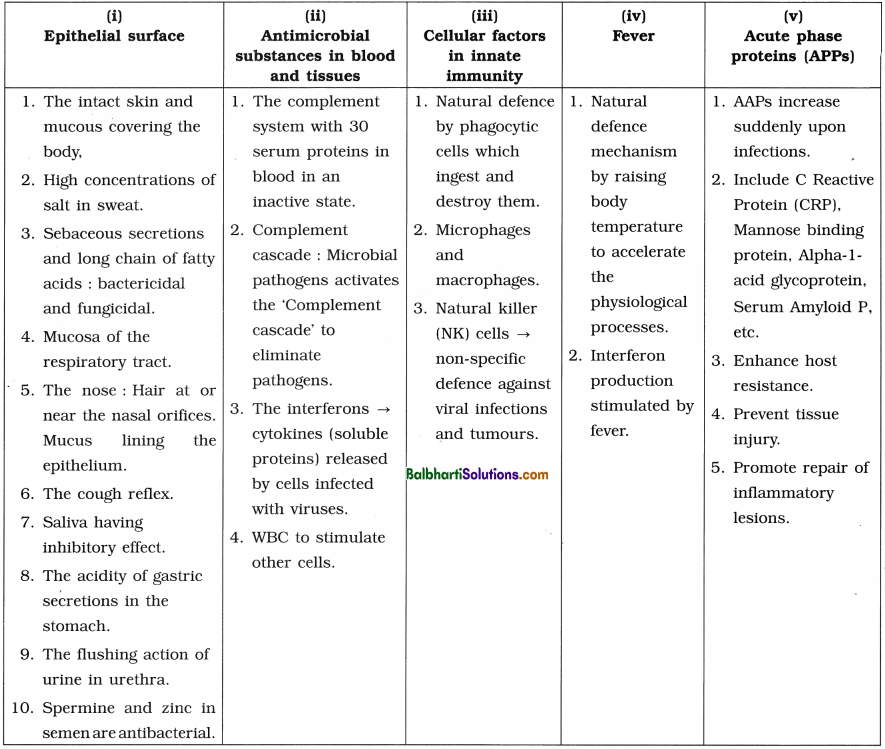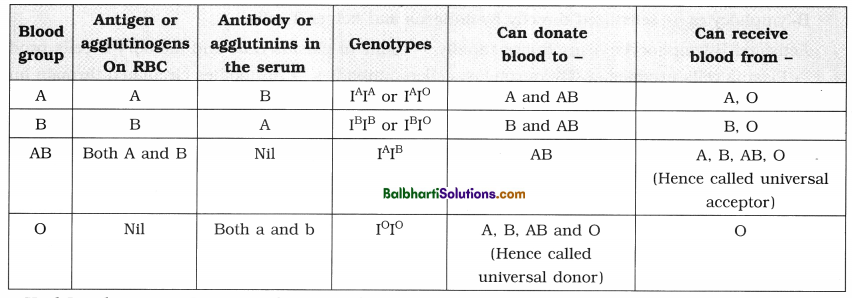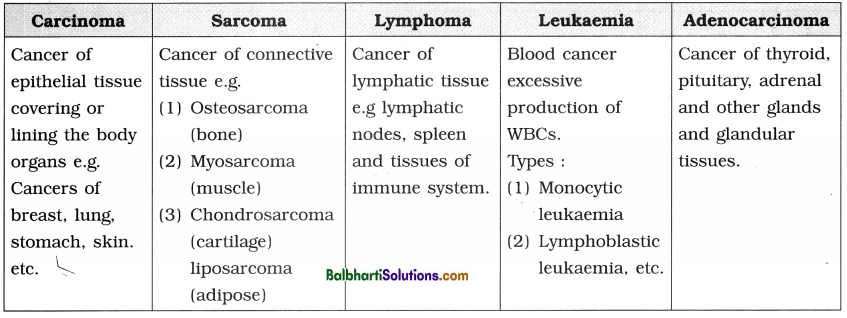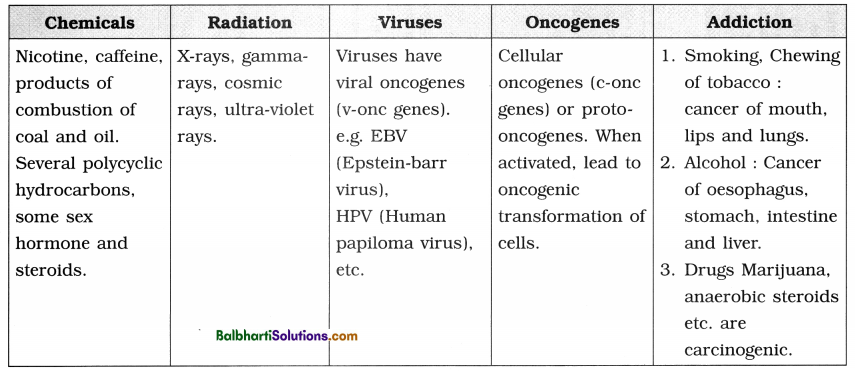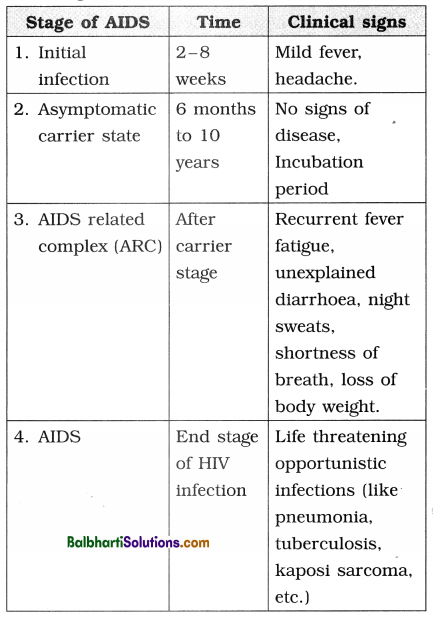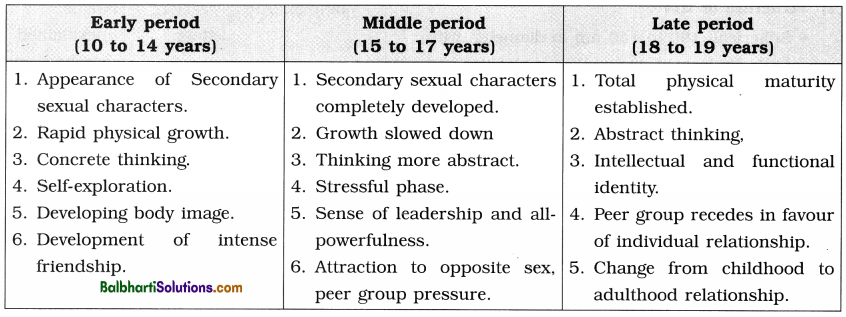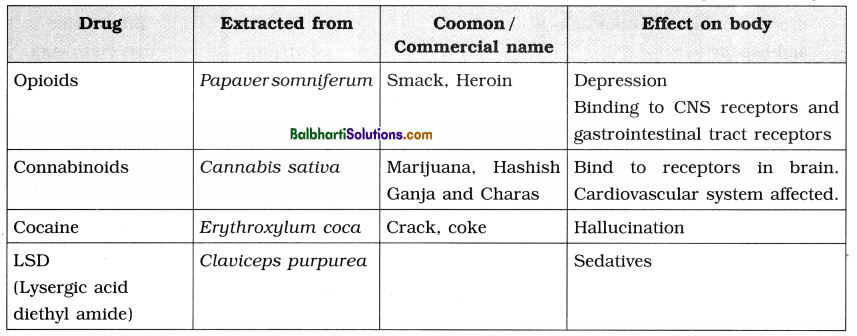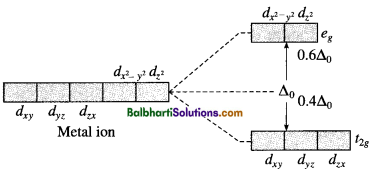By going through these Maharashtra State Board Secretarial Practice 12th Commerce Notes Chapter 3 Issue of Shares students can recall all the concepts quickly.
Maharashtra State Board Class 12 Secretarial Practice Notes Chapter 3 Issue of Shares
→ A joint-stock company can raise its capital by issuing shares, debentures, inviting public deposits, taking loans etc.
→ Share Capital refers to the capital made up out of equity shares and preference shares.
Share Capital can be classified as –
- Authorised or Nominal or Registered Capital
- Issued and Unissued Capital
- Subscribed and Unsubscribed Capital
- Called up and uncalled Capital and Reserve Capital
- Paid up Capital and Calls in Arrears
Company can raise capital by selling shares in the market. Generally it issues –
- Equity shares
- Preference shares.
A company can use the following methods for issues of shares –
- Public Issue
- Fixed price issue method
- book building method
- Initial public offer
- Further public offer
- Rights issue
- Bonus issue
- Employee stock option scheme
- Employee stock purchase scheme
- Stock appreciation rights scheme
- Sweat equity shares
- Private placement
Preferential allotment-
Allotment of Shares:
The Supreme Court has defined allotment as “the appropriation out of the previously unappropriated capital of the company of a certain number of shares to a person.
Thus allotment of shares means allotting shares to an applicant based on the application submitted.
Share Certificate:
It is a registered document issued by a company which is an evidence of ownership of specified number of shares of the company. Share certificate should be issued by the company within two months.
Calls on shares:
Besides the application money and allotment money, if a company demands the balance unpaid amount on shares it is called as calls on shares. It is unpaid money demanded by the company.
Forfeiture of Shares:
If a shareholder fails to pay calls on shares within a certain period, the Board of Directors can forfeit the ownership of a member which is called forfeiture of shares. It is a forceful act by the company. Here membership is terminated by the company.
Surrender of Shares:
Voluntary return of shares by the member to the company for cancellation of shares is called surrender of shares.
Transfer of shares:
Transfer of shares means voluntary transfer of shares by a member of a company in favour of another person against consideration. It is a voluntary activity.
Transmission of shares:
When the shares of a member is automatically transferred to the nominee or legal heir on the death, insolvency or insanity of a member, it is called transmission of shares. It is performed by operation of law.

